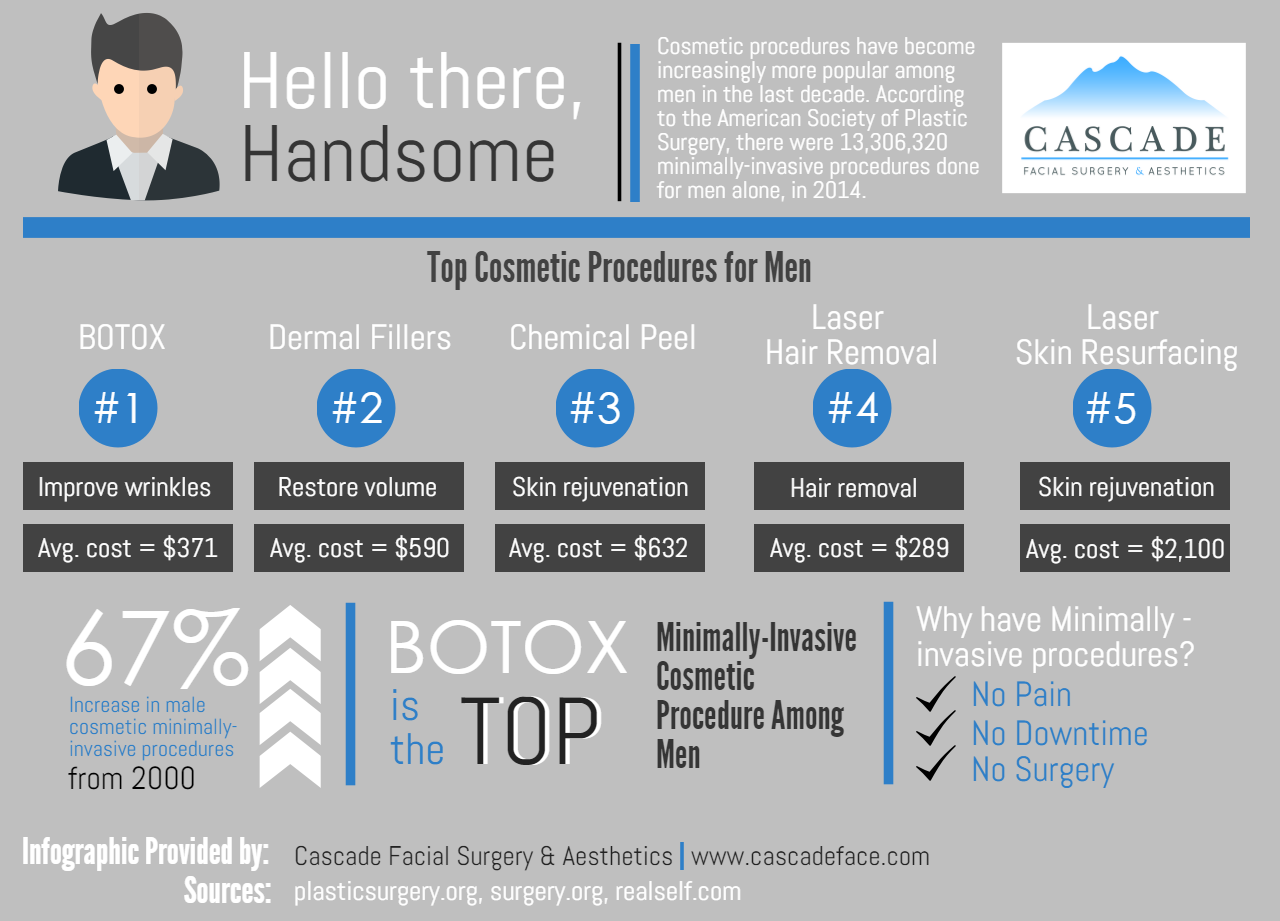Acne And Mental Health
Acne And Mental Health
Blog Article
Hormonal Acne - What is Hormone Acne?
Hormone acne is defined by stopped up pores and oily skin that normally appears on the chin and jawline. It occurs when hormone modifications set off inflammation and microbial overgrowth within hair roots.
Outbreaks might look like whiteheads, blackheads, papules or pustules and cysts or nodules in more serious situations. It is a lot more typical in teenagers experiencing puberty but can affect adults of any type of age.
What Triggers Hormone Acne?
While acne can be triggered by a range of aspects, consisting of making use of hair and skin treatment items that aren't oil-free or made with ingredients that could clog pores, genetic predisposition, diet plan,2 and tension, the source is rising and fall hormonal agents. Hormone acne occurs when the body experiences hormone adjustments and fluctuations that lead to an overproduction of sebum, which causes inflammation, increased growth of bacteria and changes in skin cell activity.
Hormonal acne is often found on the lower jawline, cheeks and neck but can show up anywhere on the body. It is identified by imperfections that are cystic, painful and filled with pus or other product. It is additionally more probable to take place in females than males, specifically throughout adolescence, the menstrual cycle, pregnancy or menopause.
Age
While many kids experience acne at some point during the age of puberty, it can remain to pester adults well into adulthood. Known as hormone acne, this kind of outbreak is linked to changes in hormones and is usually most common in women.
Hormonal acne takes place when oil glands generate way too much sebum, which blocks pores and traps dead skin cells. This results in the formation of imperfections, such as whiteheads, blackheads and papules, pustules, cysts or blemishes, deep under the surface.
This type of imperfection usually creates discomfort, inflammation and inflammation. It may also be intermittent and show up around the exact same time each month, such as right before your duration begins. This is since levels of women hormones like progesterone and oestrogen vary with each menstrual cycle.
Menstruation
Hormone acne usually appears in the reduced part of your face, along the jawline and cheeks, as whiteheads, blackheads or inflammatory acnes (pimples and cysts). It's most likely to show up around the moment when your menstrual cycle changes.
Specifically around ovulation, when estrogen and progesterone degrees are on the surge, hormonal agent changes can cause outbreaks. However it's also feasible to get acne at any factor throughout your 28-day menstrual cycle.
If you notice that your hormone acne flares up right before your duration, try seeing when specifically this happens and see if it relates to the stages of your 28-day menstrual cycle. This will aid you identify the root causes of your skin problems. website For instance, you may wish to deal with stabilizing your blood sugar level and eliminating high-sugar foods, or consider a prescription drug like spironolactone that can regulate your hormonal agents.
Maternity
Growing a child is a time of dramatic hormone modifications. For many females, this includes a flare-up of hormone acne. This kind of breakout commonly begins in the initial trimester, around week six. It's brought on by hormone surges that promote sebaceous glands to make even more oil, which can clog pores and create more microorganisms to develop.
Outbreaks may also happen as a result of pre-existing conditions like polycystic ovary disorder, which can also be a problem during pregnancy and menopause. Likewise, some types of contraceptive pill (such as Ortho Tri-Cyclen and YAZ) can trigger hormone acne in some women.
Luckily, most acne therapies are "no-go" for pregnant ladies (consisting of prominent acne-fighting active ingredients such as isotretinoin and spironolactone). But if you can not avoid those aggravating bumps, your physician might prescribe dental erythromycin or cephalexin, which are secure during pregnancy.
Menopause
As females approach menopause, the estrogen levels that created their hormone acne to flare during adolescence start to support and lower. At the same time, however, a spike in androgens (additionally known as male hormones) takes place because these hormonal agents can not be converted into estrogen as properly as before.
The extra of androgens can trigger oil production by the sweat glands, which clogs pores. When the blocked pores come to be inflamed and inflamed, an acne forms.
Hormonal acne is normally seen on the face, particularly around the chin and jawline, however it can take place on the neck, back, shoulders, or chest. This kind of acne often tends to flare up in a cyclical pattern, comparable to the menstruation. Tension, which boosts cortisol and tosses hormones out of balance, additionally adds to the breakouts.